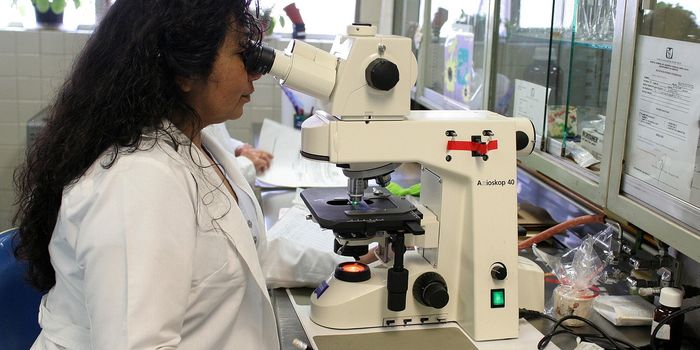Awareness of Workplace-Related Cancers Can Lead to Preventative Strategies
Today, the United States celebrates Labor Day a holiday honoring American workers and the contributions they make to economic prosperity. President Grover Cleveland signed the law designating Labor Day as a federal holiday in 1894. As a day to recognize America’s workforce, Labor Day presents a good opportunity to discuss workplace-related cancers.
Occupational cancer, a broad term to indicate any malignancy that develops as a result of preventable workplace exposures, accounts for up to 8% of cancer cases worldwide. In these circumstances, the cancer incidence of workers in a particular field or location correlates to exposure to carcinogens, substances that cause cancer.
Also known as workplace-related cancer, occupational cancers occur in many jobs, but some of the most well-established professions linked to cancer include firefighting, rubber manufacturing, paving, roofing, painting, and chimney cleaning. Many professions, like farming and beach lifeguarding , expose workers to extended periods in the sun, increasing the risk of skin cancer. In addition, newer insights have linked certain workplace behaviors, such as extended time sitting in office jobs, to cancer.
While occupational cancers may seem unfamiliar, scientists and doctors have noticed job-related cancer trends since at least three centuries! Bernadino Ramazzini, a physician known as the “father of occupational medicine,” reported an elevated incidence of breast cancer among Catholic nuns in the early 1700s. Percival Pott, an English physician, noticed another instance of workplace-related cancer in 1775. Pott reported a high incidence of testicular cancer in your men who worked as chimney sweeps.
While these early reports of workplace-related cancers lacked mechanistic explanations, modern medicine has validated the findings. Research validated Ramazzini’s connection linking stable estrogen production to non-parous women, including nuns who take a vow of celibacy. Pott’s early observations gained clarity when the carcinogenic nature of the tar found in chimney soot came to light.
Awareness of workplace-related cancers can help develop strategies to protect workers from job-specific exposures. Understanding how certain cohorts of people experience elevated risks of cancer can also inform the implementation of targeted screening programs that ensure early detection and intervention, which is crucial for improving survival rates and reducing the impact of cancer on workers and their families.
Sources: Env Res Public Health, J Env Health Sci, Lancey Oncol, Prev Med Rep, Safety Health Work









